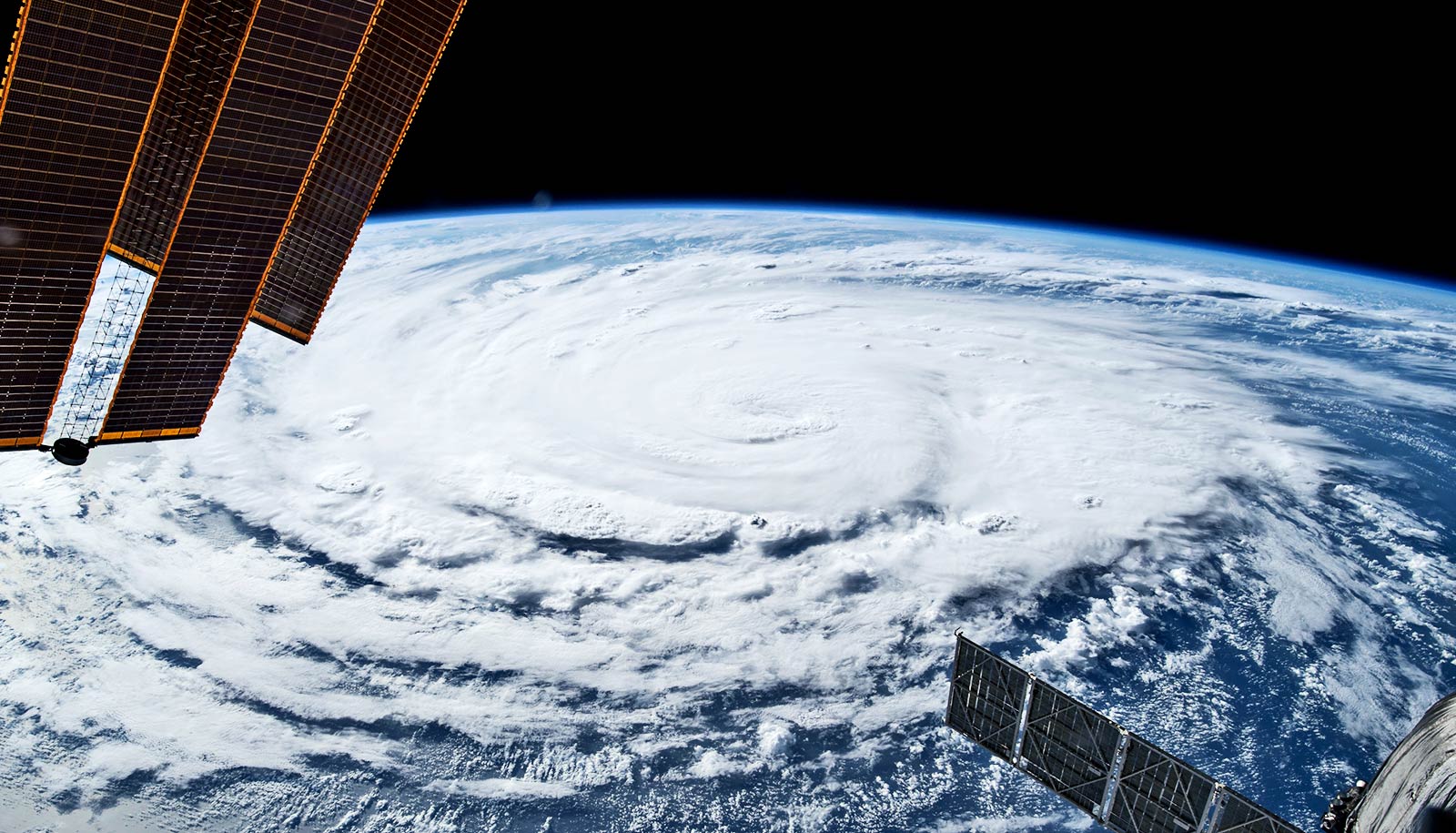
(Credit: David Marcu/Unsplash )
To improve weather forecasts, AI finds the tricky spots
Artificial intelligence could give us more accurate short-term weather forecasts while using less computing power than current methods.

Artificial intelligence that pinpoints swift-changing weather areas could result in more accurate weather forecasts.
The weather changes much faster and more violently in some geographic areas than others, which can mean that current weather prediction models may be slow and inefficient.
In a new study, the researchers used an AI model based on natural selection to find areas of the continental United States where temperature changes are harder to predict and variable, so that computational resources can focus there.
The resulting temperature prediction algorithm was equal to or better than the current model, but used less computational power.
Better short-term weather forecasts
The work could lead to a solution to developing more accurate short-term forecasts, one of meteorology’s trickiest problems, says Guido Cervone, a professor of geography, meteorology, and atmospheric science at Penn State associate director of the Institute for CyberScience.
“Our methodology helps focus the available computational resources toward areas that are harder to predict, which in turn should help generate better short-term forecasts,” says Cervone. “Numerical weather prediction is one of the most computationally demanding problems, and its use for society is far-reaching.”
Weiming Hu, a doctoral student in geography, says that the current weather maps are divided up into a simple mesh of about 200,000 grid points in the United States. When weather forecasters use computers to analyze weather patterns in those areas, the computational power is spread equally among those grid points, which each represent about 11 kilometers [7 miles] in diameter. While that might sound like common sense, Hu says the map does not reflect the computational reality of weather prediction. Topography, elevation, the proximity of water, and myriad other factors can disrupt weather patterns, making certain areas much more difficult to predict.
“If you think about Iowa, let’s say, it rarely experiences huge changes in the weather regimes across dozens of kilometers, compared to some other places, because the topography is relatively simple and you can use some very easy interpolation—or estimates—to give you some good ideas about, in this case, what the temperature will be in the future,” says Hu.
“But, in the Rocky Mountains, you can go from the plains to the peak of a mountain in just a few kilometers and that changes things dramatically when you’re trying to predict weather regimes. What we want to address is how can we figure out what are the more important or more interesting areas where we need either to have a higher resolution or a more accurate weather prediction for that specific region.”
Using genetic algorithms
The researchers used genetic algorithms to help create a more flexible mesh to focus computational analysis on grids with complex, rapidly changing weather patterns. They can expand mesh in other areas of the country, where the weather is steadier.
Hu says genetic algorithm programs are a machine learning model that is loosely based on biological evolution. In biological evolution, only a few individuals will survive in a certain environment out of the thousands that attempted to live there. Similarly, in genetic programming, hundreds or thousands of potential solutions will be tested to superior ones, such as, in this case, locations in need of a finer mesh grid.
Hu adds that genetic algorithms are designed to offer good solutions, rather than perfect ones.
“Genetic algorithms do not guarantee the best solution, but they do guarantee finding better solutions faster,” says Hu. “In a case like predicting temperature changes you might not care about finding the ultimate solution because it might be the difference between 29.56 degrees and 29.55 degrees. That’s probably not going to matter for the regular person.”
While the researchers’ study looked specifically at temperature change, Hu says that in the future researchers could test the model on other weather conditions, such as precipitation and cloud cover.
The findings appear in the Journal of Computers and Geosciences. The National Science Foundation supported this work.
Source: Penn State
The post To improve weather forecasts, AI finds the tricky spots appeared first on Futurity.
Share this article:
This article uses material from the Futurity article, and is licenced under a CC BY-SA 4.0 International License. Images, videos and audio are available under their respective licenses.
Related Articles:
AI learns to predict extreme weather the old-school way
Feb. 6, 2020 • futurityMachine learning could improve hurricane prediction
Aug. 4, 2020 • futurityLinks/images:
- https://www.futurity.org/monsoon-arizona-india-1213452-2/
- https://doi.org/10.1016/j.cageo.2019.07.003
- https://news.psu.edu/story/584590/2019/08/22/research/focusing-computational-power-more-accurate-efficient-weather
- https://www.futurity.org/weather-forecasts-artificial-intelligence-2141972/
- https://www.futurity.org


